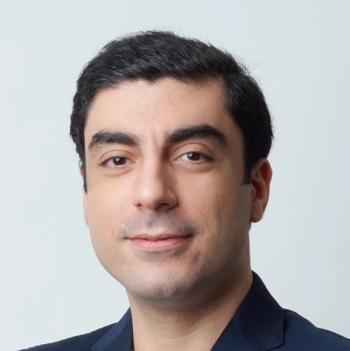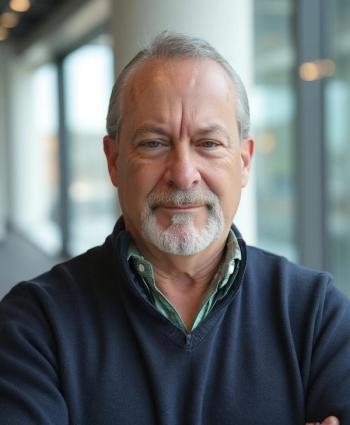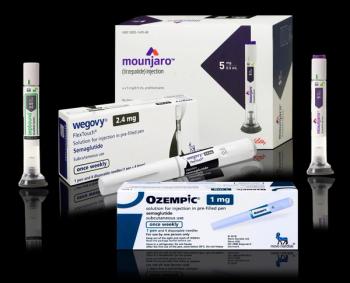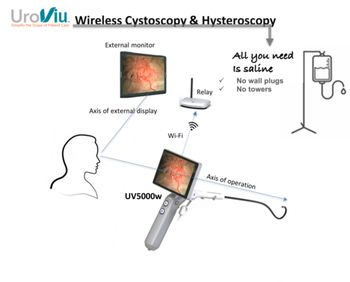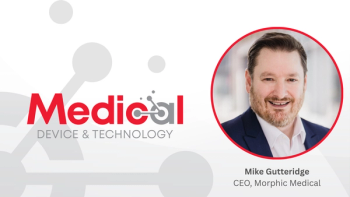
The utopian medical home
I wrote an article last year outlining what I considered to be the "utopian" medical practice ("One doctor's vision of the utopian practice: The future of medical office technology is taking shape today," June 19, 2009). Technology that exists now is already making the utopian medical practice a reality in some places. But what is the next step? How does that translate into improving patient care? And how will it pay for itself, or more accurately, provide the mechanism by which it will pay for itself?
Key Points
The framework for answering these questions is likely to be something many primary care doctors are already familiar with: the medical home model. The American Academy of Pediatrics (AAP) and the federal Maternal and Child Health bureau define a medical home as a medical practice that is "accessible and family-centered and provides high-quality care that is comprehensive, coordinated, compassionate and continuous over time." There are 7 major principles of the Patient-Centered Medical Home (PCMH) as outlined in a joint statement, published in 2002 by the AAP, the American Academy of Family Physicians, the American College of Physicians, and the American Osteopathic Association. They are: a personal physician, a physician-directed medical practice, a whole-person orientation, coordinated/integrated care, an emphasis on quality and safety, enhanced access to care, and payment that reflects the added value of the medical home. In many ways, this concept is nothing new. Most primary care physicians informally strive to provide this type of care. Technology and vision can make it easier-even automatic-for your practice to be a medical home.
Payers are watching for this, too. Many of the measures of success of a medical home are the same ones insurance companies, Medicare, and Medicaid are examining for pay-for-performance. They are integral to the goals of the Patient Protection and Affordable Care Act (PPACA or Health Care Reform Act). Some payers will be offering additional payments to providers just to be a medical home for their patients. Formal medical home certification processes exist through the National Committee for Quality Assurance, a private, not-for-profit group focused on improving healthcare quality-and probably other organizations someday soon. Information on medical homes is easily available from
THE PERSONAL PHYSICIAN
Meet our imaginary patient, Sally Jenkins. Sally is a 7-year-old girl with a history of allergic rhinitis and asthma. This puts her in the category of a child with special healthcare needs. She is a patient of Dr. K at Alpha Family Practice Clinic. Today, Sally came home from school wheezing. Her mother, Mrs. Jenkins, initiated home treatment according to the home asthma action plan that Dr. K had given at Sally's last visit. By 6:30 p.m., it seemed that home treatment was not effective. Following Dr. K's recommendation, Mrs. Jenkins calls Dr. K's office. Dr. K's partner, Dr. L, is seeing patients in an evening clinic and Mrs. Jenkins is instructed to bring Sally right in.
Every patient should have a primary physician. This doctor is whom the family calls first with most issues. Realistically, a physician can't be expected to be available for every patient at any given time, but the physician is the leader of the team that can be available, in some form, at any time. That form may be in-office, in-hospital, via telephone, Internet, or text, and may range from hands-on service to simply triage. It is not realistic for the personal physician to always be available. In this scenario, Dr. K is not available, but we will see how the medical home functions well for the patient, even in the temporary absence of the personal physician.
Newsletter
Stay informed and empowered with Medical Economics enewsletter, delivering expert insights, financial strategies, practice management tips and technology trends — tailored for today’s physicians.

